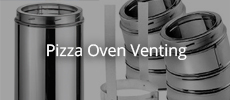Originally posted by Toiletman
View Post
Tomorrow I’m putting my granite in front of the arch, and doing first coat of render on the chimney. Weathers looking good Tuesday-Thursday so planning on getting stuck into the first layer of v-p-crete then. Have everything ready to go.





 .
.

 ).
).
Leave a comment: